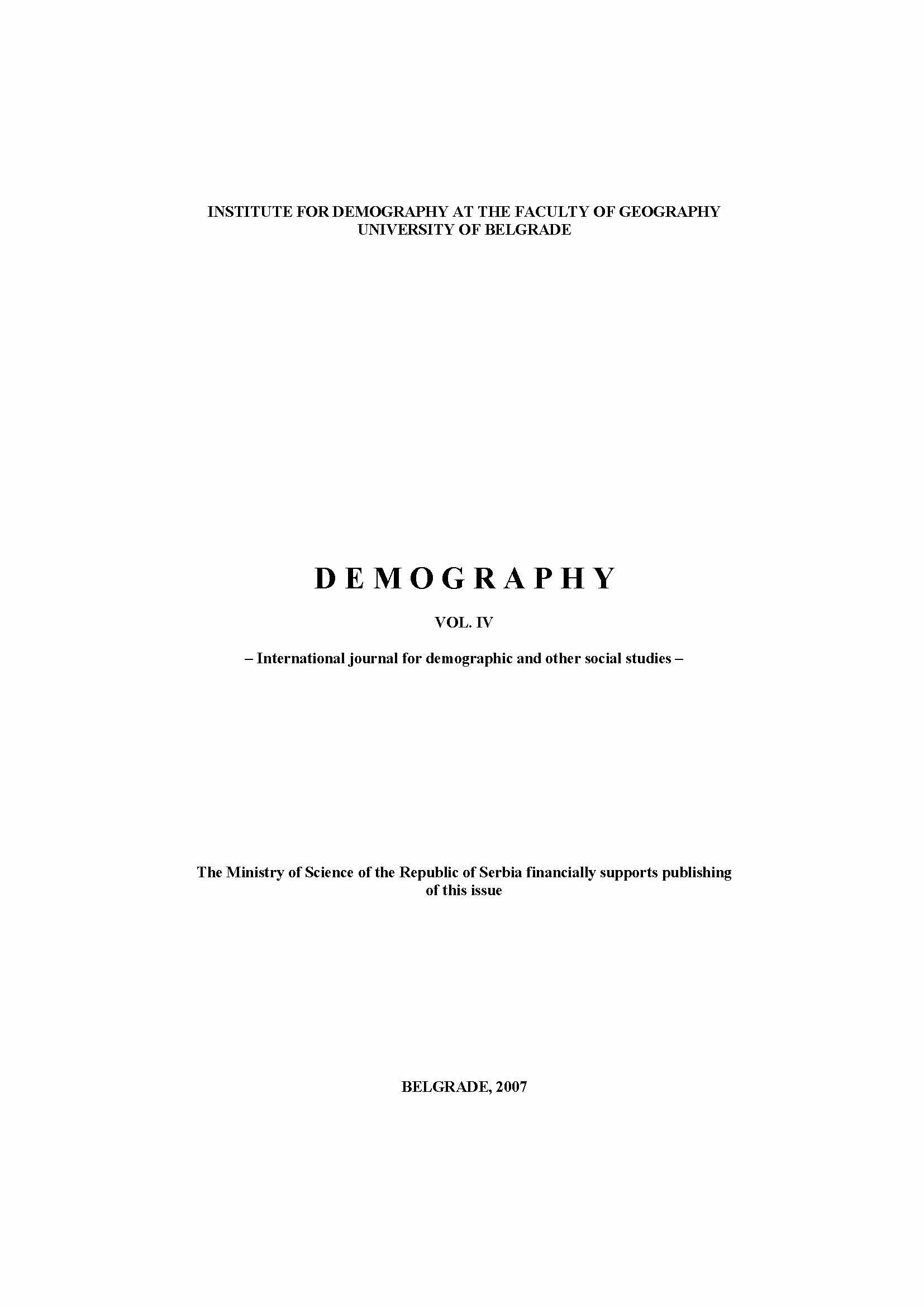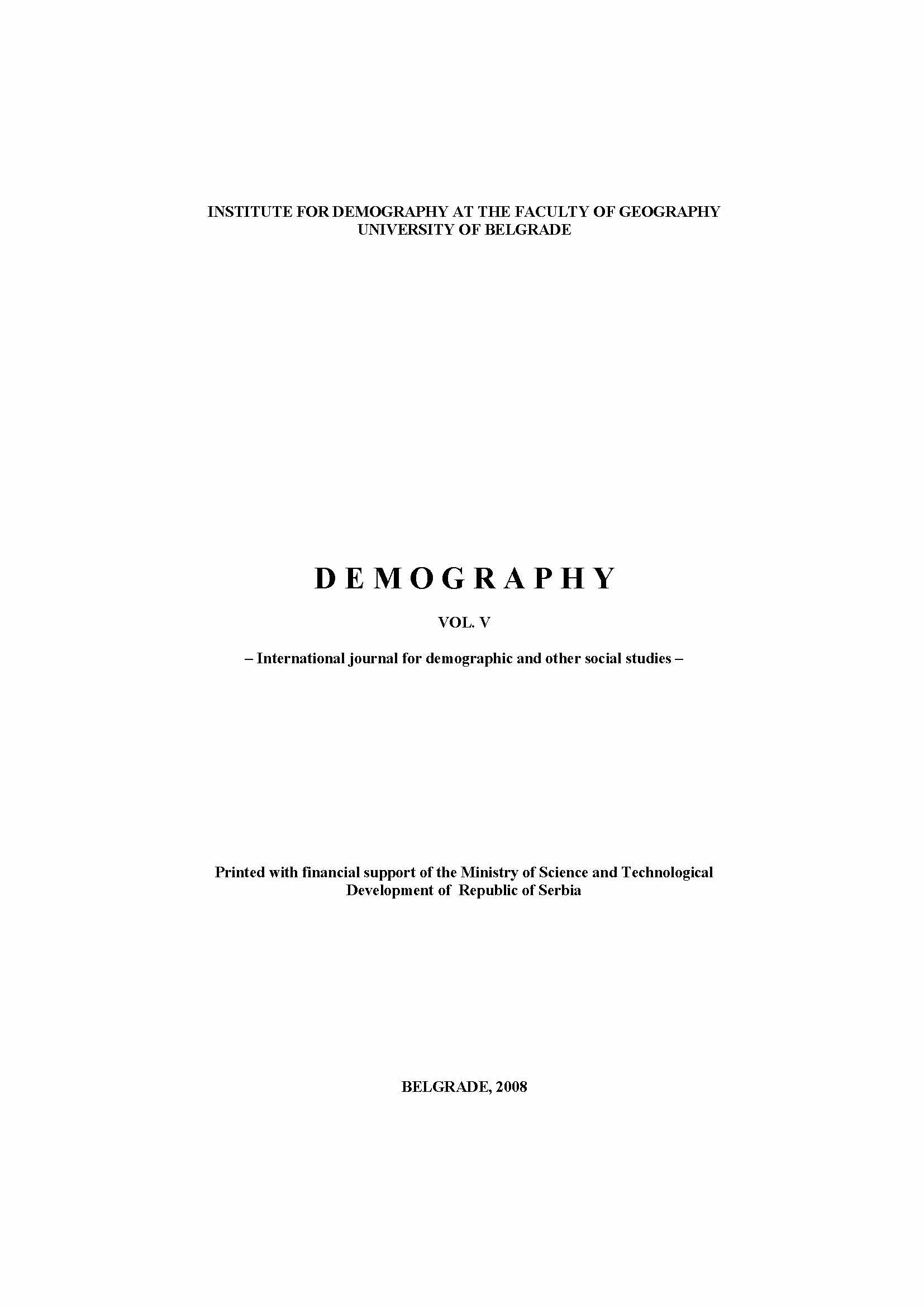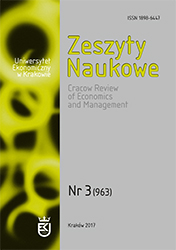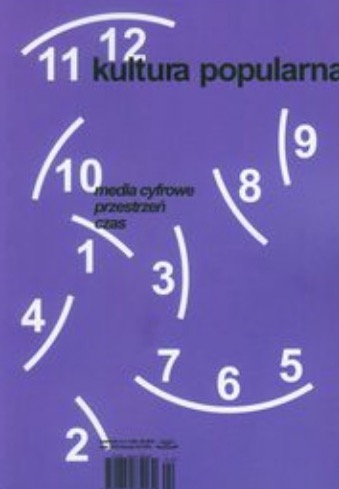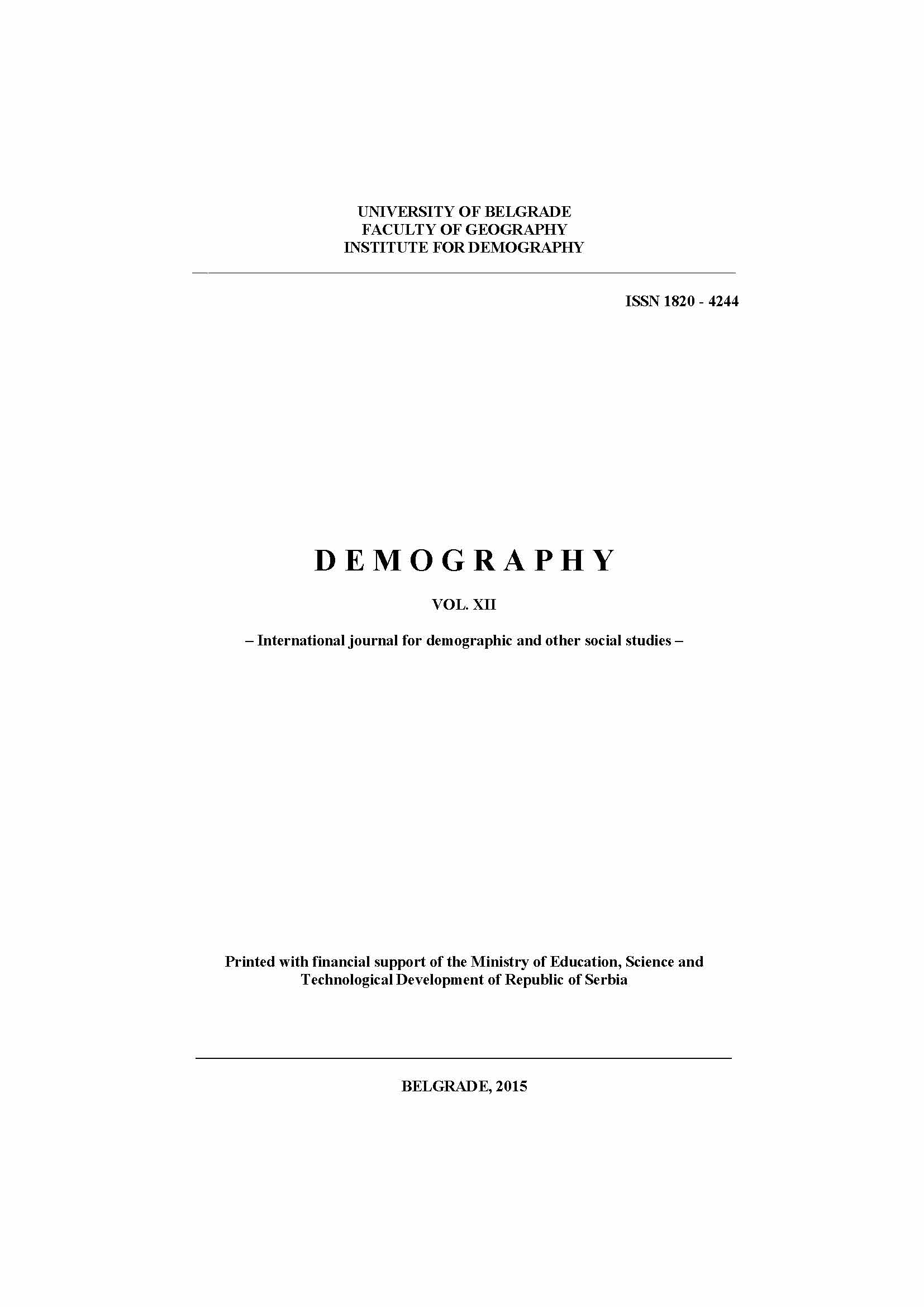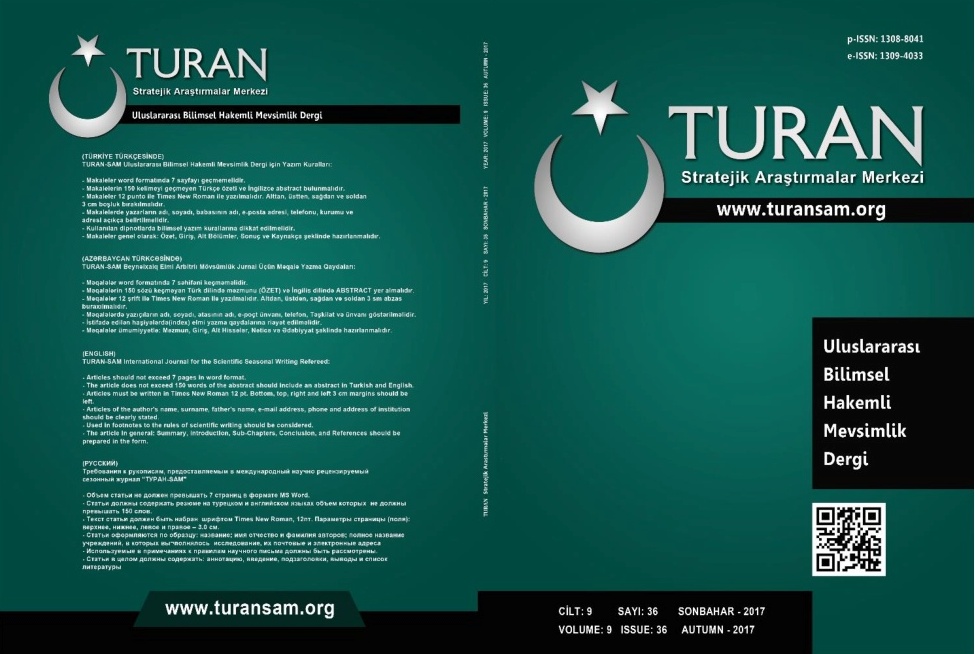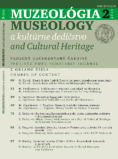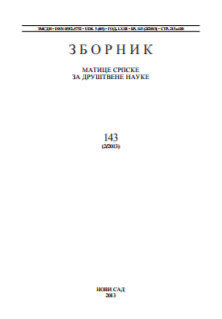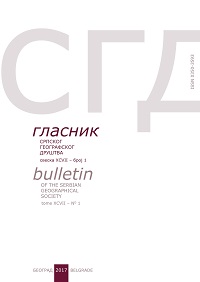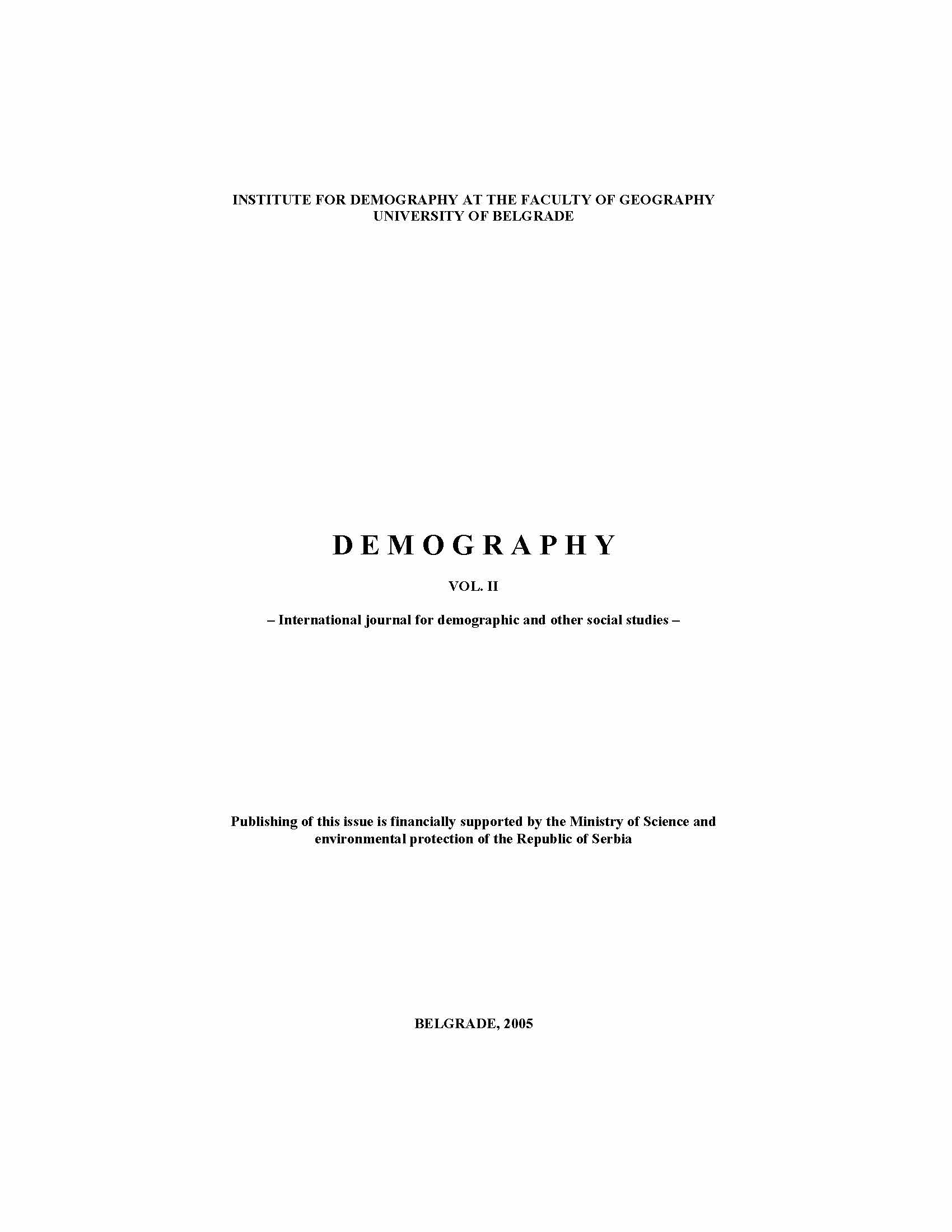
Пост-еколошки приступи у проучавању урбаних структура
Fundamental methods of the traditional urban ecology were gradually developed toward social area analysis and, subsequently, toward factorial ecology, which mostly employ inductive approach to define regularities in the social structures of the city. On the basis of the famous Chicago school, beside urban ecology, approaches dealing with behavioural processes and relevant administrative decisions in the context of spatial pattern and structure of residential zones, were developed. Both factorial ecology and behavioural derived from classical urban ecology, even though the proponents of the latter tend to set themselves apart from the Chicago school by criticising it. The last few decades were marked with the strong influence of social theory into urban literature, as well as with strict critique of the traditional ecological approach.
More...
